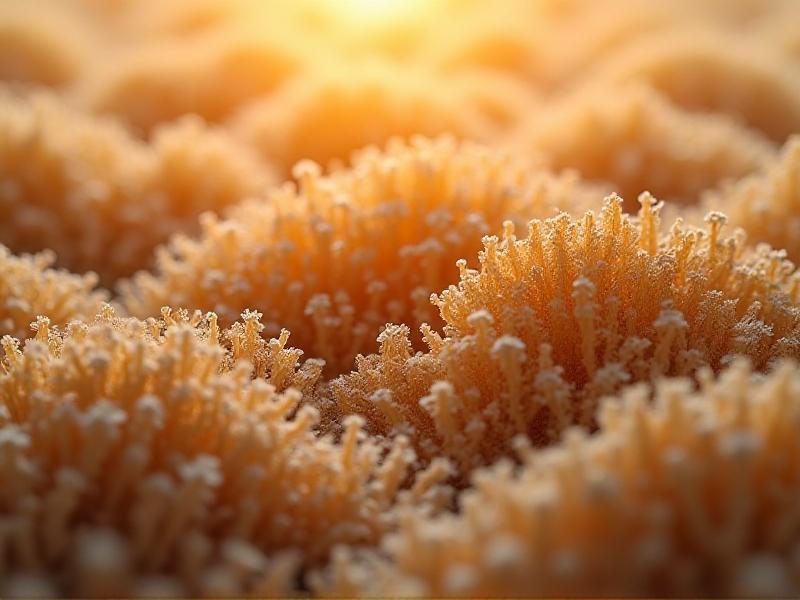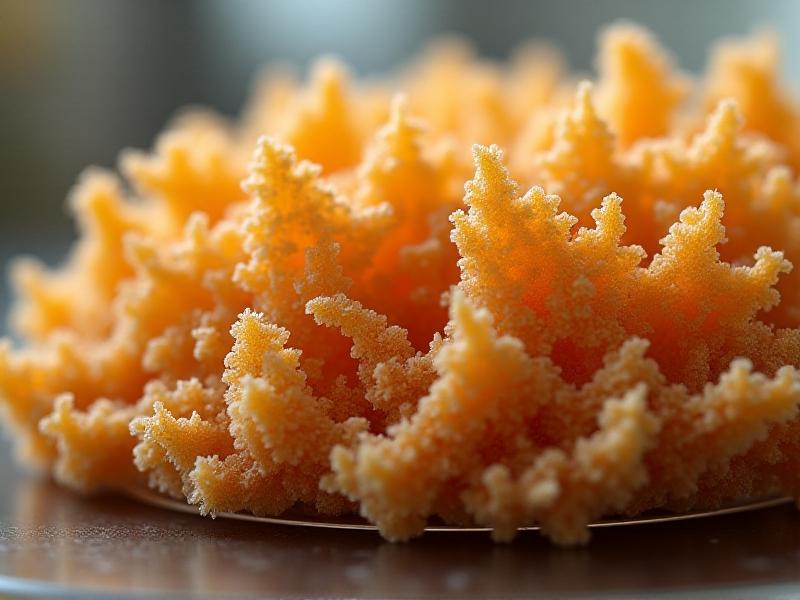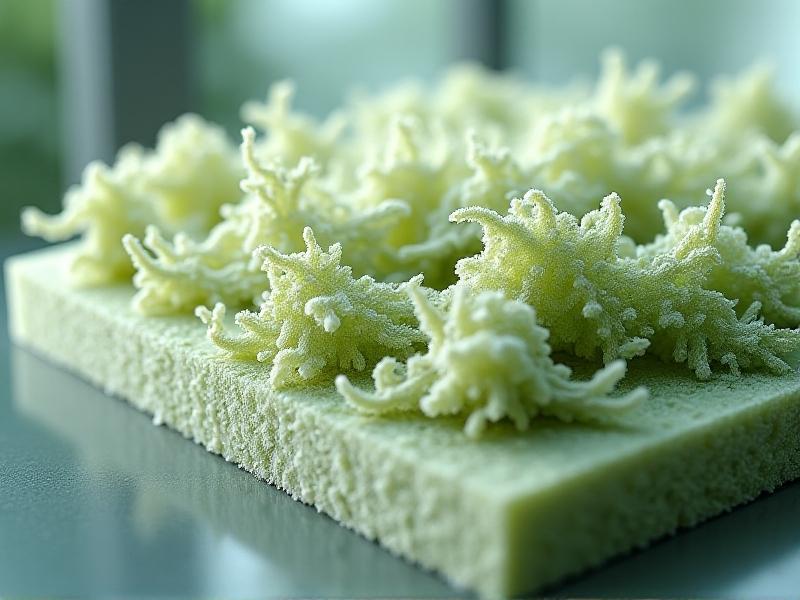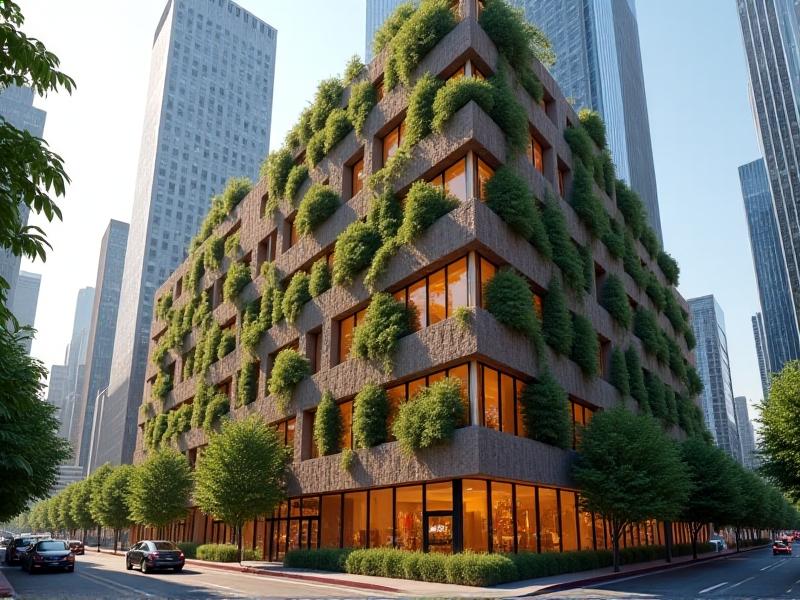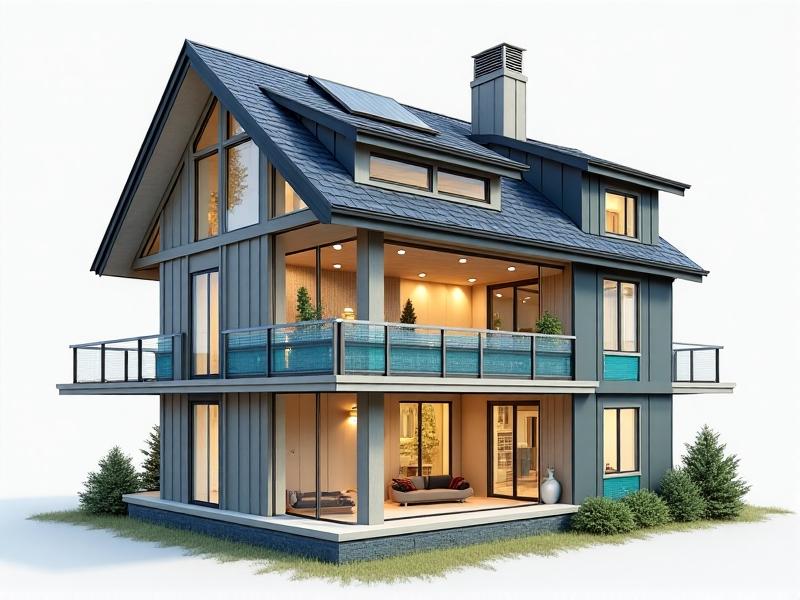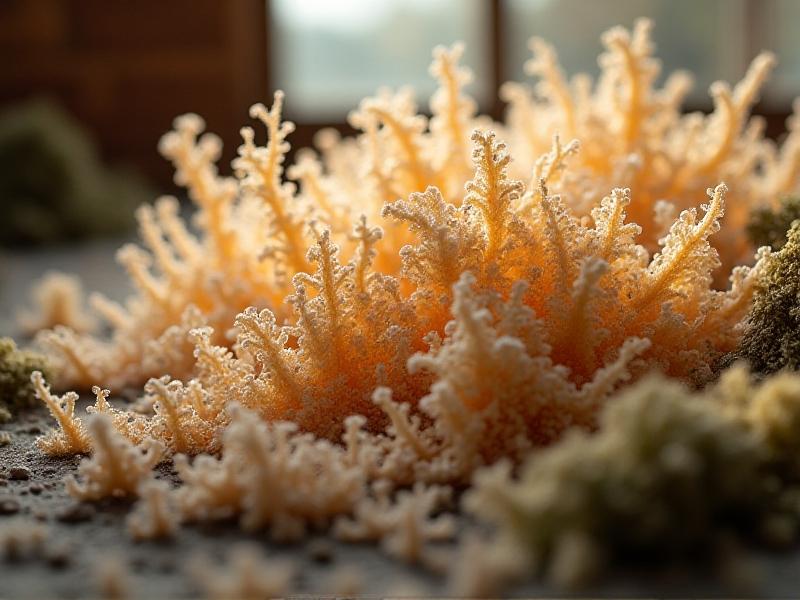Aging Characteristics of Fungal Insulation in Humid Climates
Introduction to Fungal Insulation and Its Importance
Fungal insulation, a relatively new material in the construction industry, has gained attention for its eco-friendly properties and thermal efficiency. Derived from mycelium, the root structure of fungi, this material is biodegradable, renewable, and has excellent insulation capabilities. However, its performance in humid climates has raised concerns, particularly regarding its aging characteristics. Understanding how fungal insulation behaves over time in such environments is crucial for its widespread adoption. This article delves into the aging process of fungal insulation in humid climates, exploring the factors that influence its durability and performance.
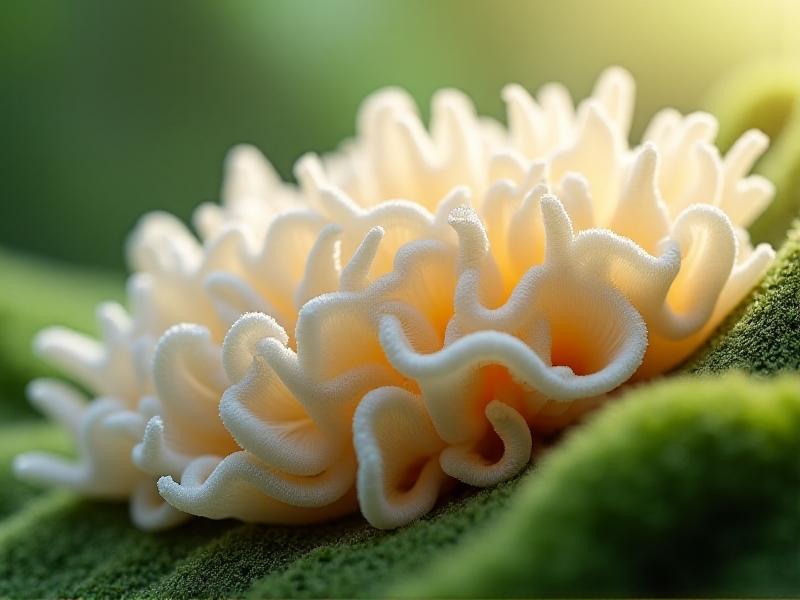
The Science Behind Fungal Insulation
Fungal insulation is composed of mycelium, which forms a dense network of hyphae. This network creates a lightweight, porous structure that traps air, providing excellent thermal insulation. The material is grown in controlled environments using agricultural waste as a substrate, making it a sustainable alternative to traditional insulation materials. However, the organic nature of mycelium makes it susceptible to environmental factors, particularly moisture. In humid climates, the increased moisture levels can accelerate the aging process, leading to potential degradation of the material. Understanding the biological and chemical properties of fungal insulation is essential to predict its behavior in different environmental conditions.
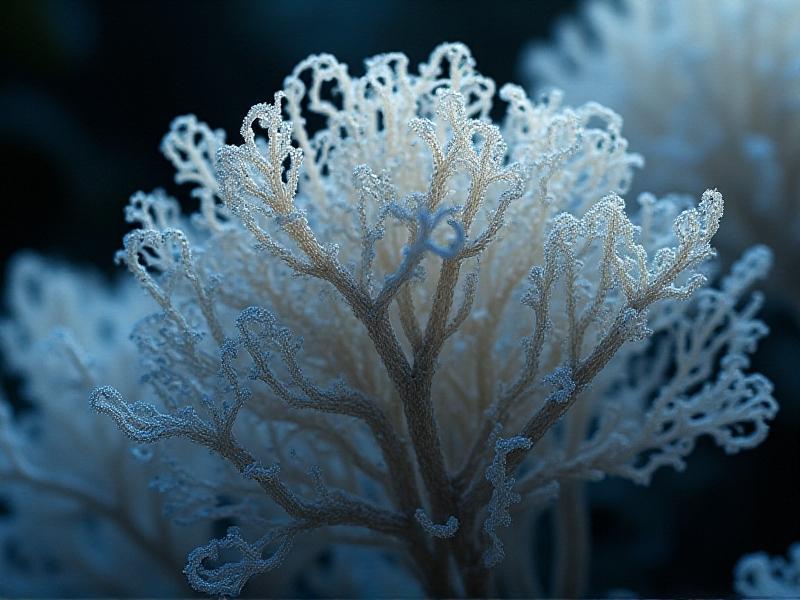
Factors Influencing Aging in Humid Climates
Several factors contribute to the aging of fungal insulation in humid climates. High humidity levels can lead to increased moisture absorption, which may cause the material to swell, lose its structural integrity, or become a breeding ground for mold and other microorganisms. Temperature fluctuations can also exacerbate the aging process, as repeated cycles of expansion and contraction can weaken the material. Additionally, exposure to UV radiation, pollutants, and mechanical stress can further accelerate degradation. Understanding these factors is crucial for developing strategies to enhance the durability of fungal insulation in humid environments.

Case Studies: Fungal Insulation in Humid Regions
Several case studies have been conducted to evaluate the performance of fungal insulation in humid regions. For example, a study in Southeast Asia examined the material's behavior over a two-year period in a high-humidity environment. The results showed that while the insulation maintained its thermal properties initially, it began to degrade after prolonged exposure to moisture. Another study in the Amazon rainforest highlighted similar issues, with the material showing signs of mold growth and structural weakening. These case studies provide valuable insights into the real-world challenges of using fungal insulation in humid climates and underscore the need for further research and development.
Innovations to Enhance Durability
To address the challenges posed by humid climates, researchers are exploring various innovations to enhance the durability of fungal insulation. One approach involves treating the material with hydrophobic coatings to reduce moisture absorption. Another strategy is to incorporate additives that inhibit mold growth and improve resistance to UV radiation. Additionally, advances in material engineering are enabling the development of hybrid insulation materials that combine mycelium with other polymers to enhance strength and durability. These innovations hold promise for extending the lifespan of fungal insulation in humid environments, making it a more viable option for sustainable construction.
Environmental Impact and Sustainability
Despite the challenges, fungal insulation remains a highly sustainable material with a low environmental impact. Its production requires minimal energy and resources, and it is fully biodegradable at the end of its life cycle. In humid climates, where traditional insulation materials may also face durability issues, fungal insulation offers a greener alternative. By improving its performance in these environments, we can further reduce the carbon footprint of the construction industry. The environmental benefits of fungal insulation, combined with ongoing research to enhance its durability, make it a promising material for the future of sustainable building.
Future Prospects and Research Directions
The future of fungal insulation in humid climates looks promising, with ongoing research aimed at overcoming its current limitations. Future studies will likely focus on optimizing the material's composition, developing new treatment methods, and exploring its integration with other sustainable building practices. Additionally, long-term field studies will provide more data on its performance over extended periods. As the construction industry continues to seek greener alternatives, fungal insulation is poised to play a significant role in the transition to more sustainable building materials. With continued innovation and research, it has the potential to become a mainstream solution for insulation in humid climates.
